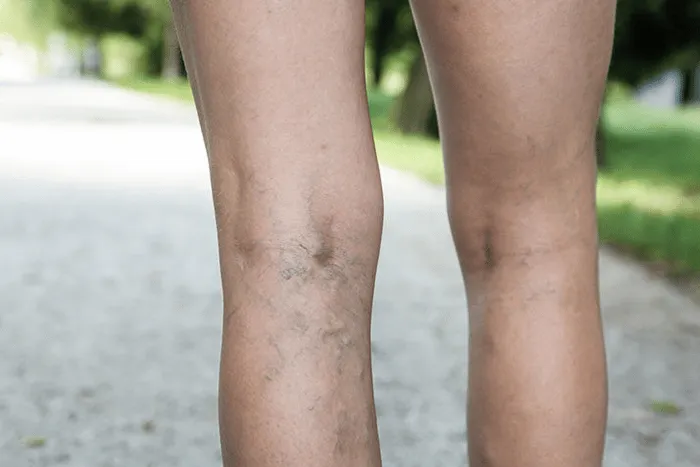Spider veins are a common condition characterized by thin, web-like veins visible under the skin. Typically appearing in shades of red, blue, or purple, they often occur on the legs or face. Despite their striking appearance, they are generally not associated with severe health issues. Many people seek treatment for cosmetic reasons or to alleviate discomfort. Understanding how they develop, how they are assessed, and available treatment options can help individuals make informed decisions.
What Are Spider Veins?
Spider veins, also known as telangiectasias, are clusters of tiny blood vessels that lie close to the skin’s surface. They often appear as thin, branching lines or intricate patterns, resembling a spider web or tree branches. These small veins can form when blood flow is disrupted, resulting in pressure buildup in the vessels.
Several factors may increase the likelihood of these developing. Prolonged periods of standing or sitting, age, genetics, and hormonal changes are some common contributors. Jobs that require standing for long hours and pregnancy are particularly associated with the development of these veins. Though spider veins are usually painless, some individuals may experience mild discomfort or a sensation of heaviness around the affected area.
How Are They Diagnosed?
Spider veins are typically diagnosed through a simple visual examination by a healthcare provider. During this process, the provider looks for clusters of thin, visible veins under the skin, typically in areas such as the legs or face. Diagnosis generally does not require invasive tests, as the appearance is distinct and easily recognizable.
If the assessment raises any concerns or if additional symptoms are present, the provider may use advanced techniques to confirm the diagnosis. Tests like ultrasound imaging can help examine blood flow in the affected veins and rule out other underlying conditions, such as varicose veins or deeper vein issues. Open communication with a healthcare professional during the evaluation process is key to assessing your specific situation.
How Are Spider Veins Treated?
Several treatment options are available, ranging from non-invasive to minimally invasive procedures. Choosing the right approach depends on factors like the extent of spider veins, personal preferences, and anticipated outcomes. Below are some common treatments along with a brief explanation of each:
- Compression Stockings: These specialized socks or stockings apply gentle pressure to the legs, promoting healthy blood circulation. They are often recommended for reducing discomfort and preventing further vein development.
- Sclerotherapy: This minimally invasive treatment involves injecting a solution into the affected veins, causing them to collapse and fade over time. Typically performed in a clinic setting, it offers effective results with minimal downtime.
- Laser Therapy: This option uses focused laser light to heat and close off the veins. It is commonly used for smaller veins and typically requires several sessions to achieve the desired results.
- Lifestyle Adjustments: Increasing physical activity, elevating the legs during rest, and maintaining a healthy weight can help reduce the risk of new ones forming. These adjustments often complement other treatment methods.
The effectiveness of each method varies, so it is helpful to discuss expectations and potential outcomes with a specialist.
Consult a Specialist
Addressing spider veins starts with understanding the condition and exploring treatment options with a specialist. A healthcare provider can offer tailored recommendations to suit your needs, with early consultation often leading to better results. Connecting with a professional is a great first step toward reducing their appearance. With the right guidance, you can enhance both the look and feel of your skin while boosting your confidence.









Leave a Reply